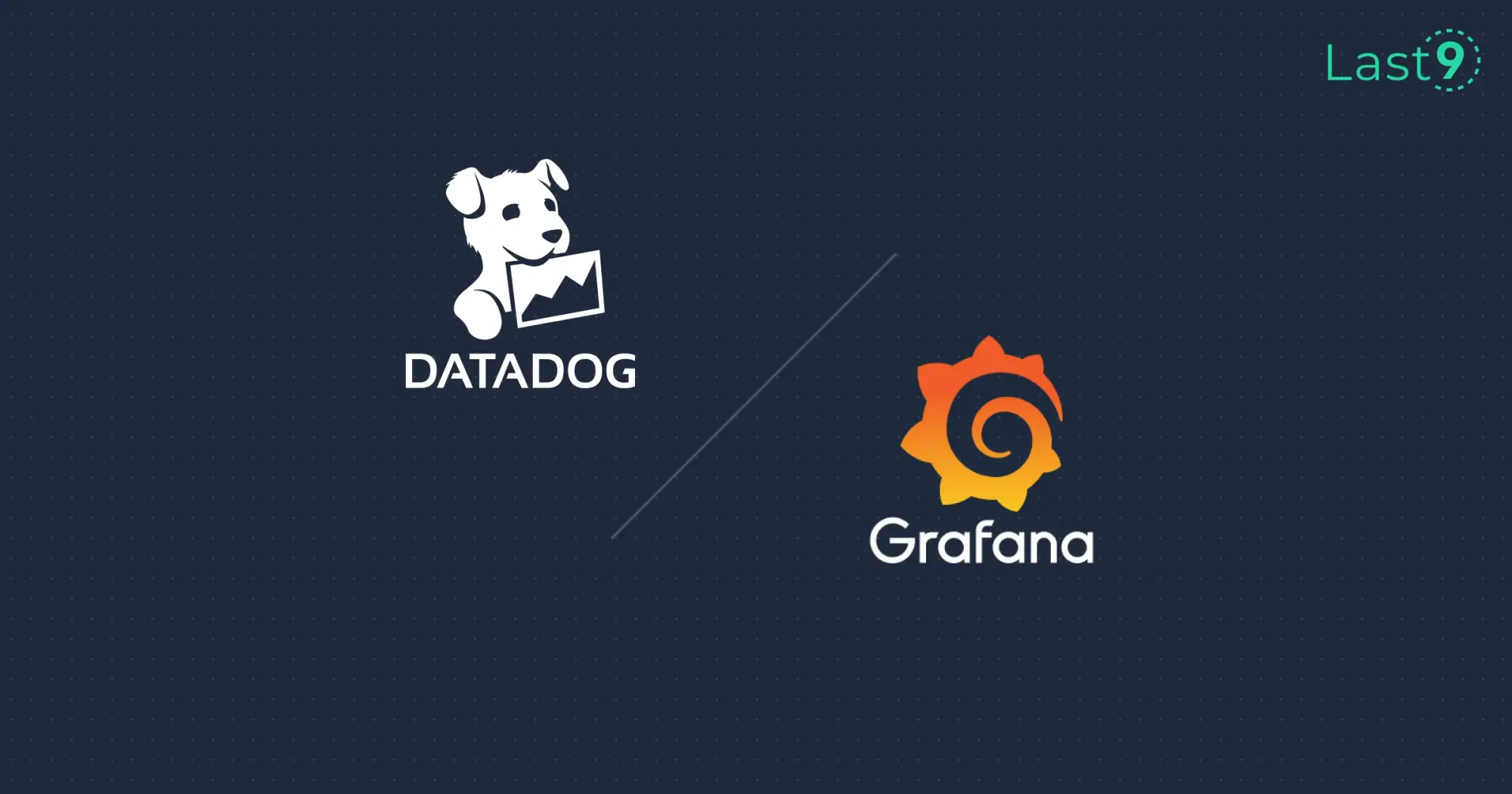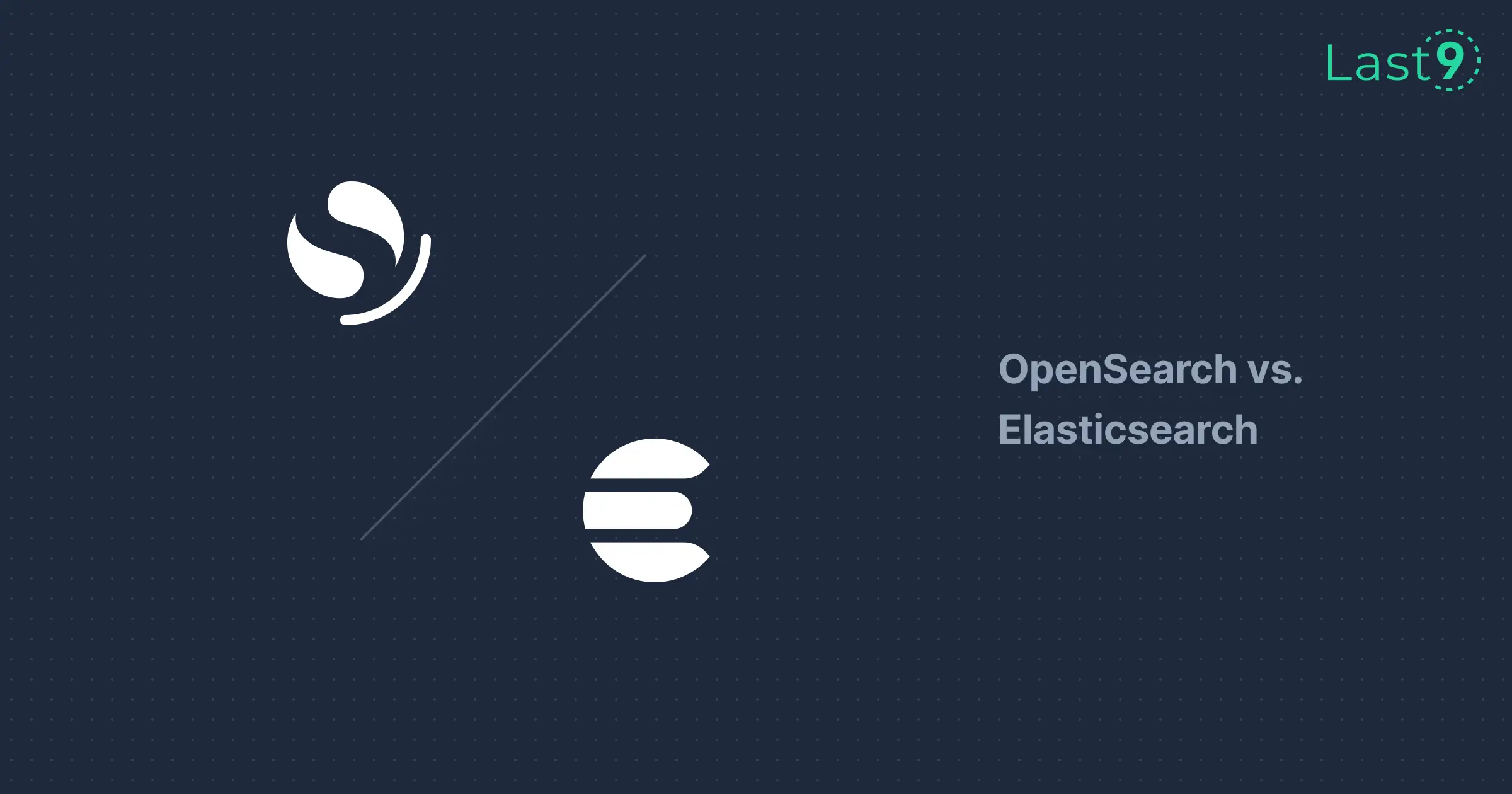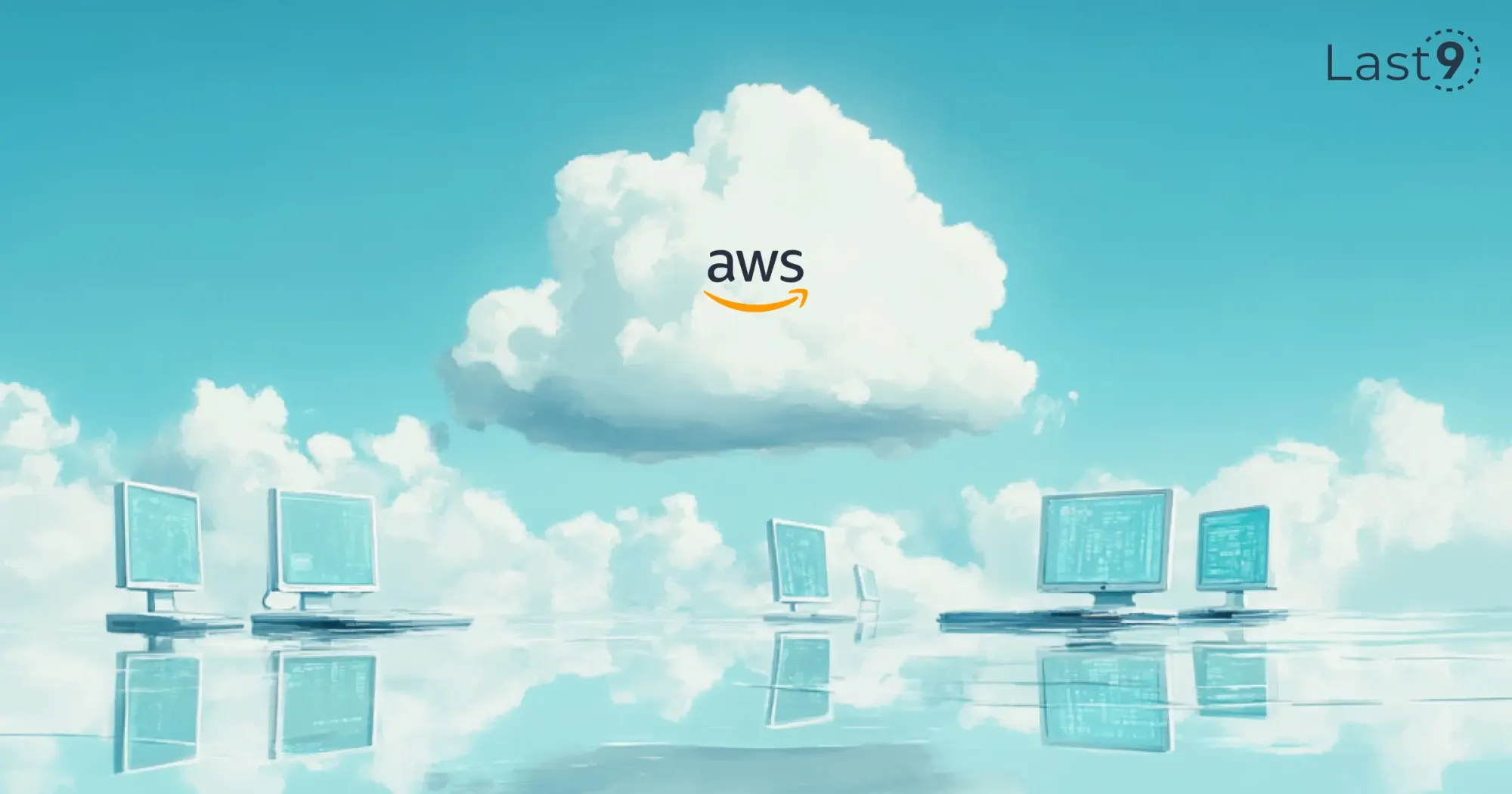Let's talk about keeping those microservices in check. If you're running a distributed system (and who isn't these days?), you know the drill – more services mean more potential failure points.
We've got the lowdown on the best microservices monitoring tools that'll have your back in 2025.
What Are Microservices Monitoring Tools?
Microservices monitoring tools are specialized platforms that help you track the health, performance, and interactions of your distributed services. Unlike traditional monolithic app monitoring, these tools are built to handle the complexity of numerous independent services communicating across your infrastructure.
Consider them as your system's health trackers – they watch everything from response times and error rates to resource usage and dependencies, giving you real-time insights when things go sideways.
Why You Need Dedicated Microservices Monitoring Tools
You might be wondering, "Can't I just use my regular monitoring setup?" The short answer: not if you want to sleep at night.
Here's why microservices need their own monitoring approach:
- Distributed Complexity: With dozens or hundreds of services, you need tools that map dependencies and communication patterns
- Ephemeral Instances: Containers and serverless functions come and go – your monitoring needs to keep up
- Cascading Failures: When Service A fails, Services B through Z might feel the impact – you need to track these relationships
- Diverse Tech Stacks: Different services might use different languages and frameworks – your monitoring should handle them all
Traditional monitoring just doesn't cut it when you're dealing with this level of complexity. It's like trying to keep tabs on a high school party with just a baby monitor – you're going to miss a lot of action.
Top 7 Microservices Monitoring Tools for 2025
1. Last9: Full-Stack High-Cardinality Observability at Scale
Last9 is a comprehensive observability platform designed for teams managing large-scale microservices.
Trusted by industry leaders like Disney+ Hotstar, CleverTap, and Replit, we enable high-cardinality observability without excessive costs.
Built by engineers who understand the challenges of incident response, Last9 helps organizations gain deep system insights and reduce operational overhead.
Key Features
- Brings logs, metrics, and traces into one platform and correlates easily.
- Automatic service dependency mapping for a clear view of system interactions
- Anomaly detection powered by ML to catch issues before they escalate
- Custom dashboards that provide actionable insights instead of data clutter
- Root cause analysis to speed up troubleshooting and reduce downtime
- Intelligent alerting that cuts through noise while ensuring critical issues are caught
Why Choose Last9?
Last9 unifies metrics, logs, and traces, integrating with OpenTelemetry and Prometheus to provide real-time insights for correlated monitoring and alerting. With experience monitoring 11 of the 20 largest live-streaming events in history, the platform is built for performance and scale.
Perfect for: Ideal for teams managing complex microservices, Last9 delivers deep visibility without unnecessary complexity—helping organizations optimize both cost and reliability.

2. Prometheus + Grafana: The Open Source Power Couple
This combo remains a DevOps favorite for good reason. Prometheus handles metrics collection and alerting, while Grafana turns that data into visualizations you'll actually want to look at.
Key Features:
- Robust time-series database
- Powerful PromQL for data analysis
- Highly customizable dashboards
- Strong community support
Why Choose Prometheus + Grafana: The flexibility is unmatched – you can monitor practically anything. And since it's open source, you're not locked into a vendor's ecosystem.
Best for: Teams with the technical chops to set up and maintain their own monitoring stack.
3. Datadog: The All-in-One Solution
Datadog has evolved into a robust platform that handles metrics, logs, and traces in one place.
Key Features:
- Unified monitoring across your stack
- Out-of-box integrations with everything under the sun
- Network performance monitoring
- Synthetic monitoring and real user monitoring
The good stuff: Their UI is intuitive, and you can go from setup to insights in minutes. The service map feature helps visualize how your microservices interact.
Ideal for: Teams that want a managed solution with minimal setup time.
4. Lightstep: The Context-Rich Observer
Lightstep brings a unique approach to observability with its correlation engine that provides deep context around incidents.
Key Features:
- Unlimited cardinality exploration
- Change intelligence
- Correlation analysis
- High-resolution metrics retention
What works well: Their "satellite" architecture lets you analyze 100% of your telemetry data without sampling, and the service health dashboards give you instant insights into what's changed.
Great match for: Teams that need to quickly understand the impact of deployments and identify regression sources.
5. Dynatrace: The AI-Powered Observer
Dynatrace leans heavily into automation and AI with their Davis AI engine.
Key Features:
- Automatic discovery and mapping
- AI-powered root cause analysis
- Full stack monitoring
- Session replay for user experience issues
Why it stands out: The automatic problem detection is scary good at finding issues before they become outages, and the dependency mapping is next-level detailed.
Works best for: Enterprise teams with complex environments who want AI to do the heavy lifting.
6. Elastic Observability: The Search-Based Solution
Built on the ELK stack, Elastic Observability brings together logs, metrics, and traces with powerful search capabilities.
Key Features:
- Centralized logging with context
- APM with distributed tracing
- Infrastructure monitoring
- Powerful search capabilities
What's great: If you're already using Elasticsearch for logs, adding metrics and traces feels natural. The search functionality makes finding specific issues much easier.
Perfect fit for: Teams already invested in the Elastic ecosystem.
7. Honeycomb: The Developer-Friendly Debugger
Honeycomb takes a developer-first approach to observability, focusing on making complex debugging accessible and intuitive.
Key Features:
- High-cardinality, high-dimensionality data model
- BubbleUp pattern detection
- Team collaboration features
- Tracing without sampling
Why Choose Honeycomb: Their query builder lets engineers ask virtually any question about system behavior without learning a query language. The heatmaps and BubbleUp visualizations make spotting outliers almost effortless.
Best suited for: Teams that want to democratize troubleshooting across engineers of all experience levels.
A Quick Comparison: Choose Your Microservices Monitoring Champion
| Tool | Strengths | Learning Curve | Pricing Model | Best For |
|---|---|---|---|---|
| Last9 | Complete observability with logs, metrics, and traces, intelligent alerts | Low | No. of events ingested | Complex distributed systems, teams dealing with high cardinality |
| Prometheus + Grafana | Flexibility, customization | High | Open source (infra costs) | DIY teams with technical expertise |
| Datadog | Ease of use, broad integration | Low | Per host/service | Teams wanting quick setup |
| Lightstep | Context-rich analysis, change intelligence | Medium | Per service/seat | Teams managing frequent changes |
| Dynatrace | AI-powered automation | Medium | Per host/application | Large enterprise environments |
| Elastic Observability | Search capabilities | Medium-High | Resource-based | Teams already using Elasticsearch |
| Honeycomb | High-cardinality exploration | Medium | Event-based | Developer-focused organizations |
How to Choose the Right Microservices Monitoring Tool
Picking the right tool isn't just about features – it's about finding what fits your team and architecture. Ask yourself these questions:
- How complex is your architecture? More services mean you need more sophisticated dependency mapping.
- What's your budget situation? Some tools can get pricey as you scale.
- How much maintenance can your team handle? Self-hosted solutions save money but cost time.
- What's your existing tech stack? Look for tools that integrate well with what you already use.
- What skills does your team have? Some tools require specialized knowledge to be used effectively.
The Future of Microservices Monitoring
Looking ahead, we're seeing some clear trends in the microservices monitoring space:
- OpenTelemetry standardization is making it easier to switch between tools
- ML-powered analysis is moving from "neat feature" to "must-have"
- FinOps integration is helping teams understand the cost impact of their services
- Shift-left observability is bringing monitoring concerns earlier in the development cycle
The tools that adapt to these trends will likely pull ahead in the coming years.
Conclusion
Microservices give you speed and scalability, but they come with monitoring challenges. The right tools make the difference between spending your night debugging and spending it, you know, sleeping.
Last9 helps you focus on what DevOps teams actually need. We’ve monitored 11 of the 20 largest live-streaming events in history. Hence, we understand your challenges. Talk to us if you're dealing with similar issues.
FAQs
How is microservices monitoring different from traditional application monitoring?
Traditional monitoring focuses on a single, monolithic application, while microservices monitoring tracks multiple independent services and their interactions. The key differences include:
- Distributed tracing needs: Following requests across service boundaries
- Higher volume of metrics: Many more components to track
- Dependency mapping: Understanding the complex web of service relationships
- Ephemeral instances: Tracking containers that come and go frequently
What metrics should I monitor for microservices?
While each system is unique, these core metrics apply to most microservices architectures:
- The Four Golden Signals: Latency, traffic, errors, and saturation
- Service dependencies: Which services rely on each other
- Infrastructure metrics: CPU, memory, disk I/O, network
- Business KPIs: How technical performance impacts user experience
How often should I review my monitoring setup?
For microservices environments, review your monitoring setup:
- After adding new services
- When changing service dependencies
- Quarterly for general maintenance
- Following any major incidents (to address blind spots)
The microservices landscape evolves quickly, so your monitoring should too.
Can I use multiple monitoring tools together?
Absolutely. Many teams use a combination of specialized tools – for example:
- Prometheus for metrics
- Jaeger for tracing
- Elastic for logs
- Last9 for tying it all together
Just watch out for tool sprawl, which can create its own complexity.
What's the right balance between monitoring coverage and alert fatigue?
Start with these principles:
- Alert on symptoms, not causes
- Define clear severity levels and response expectations
- Use aggregation to reduce noise
- Implement dynamic thresholds that adapt to your system's patterns
- Review and prune alerts regularly
Remember that every alert should be actionable. If there's nothing you can do about it, it shouldn't trigger a notification.



